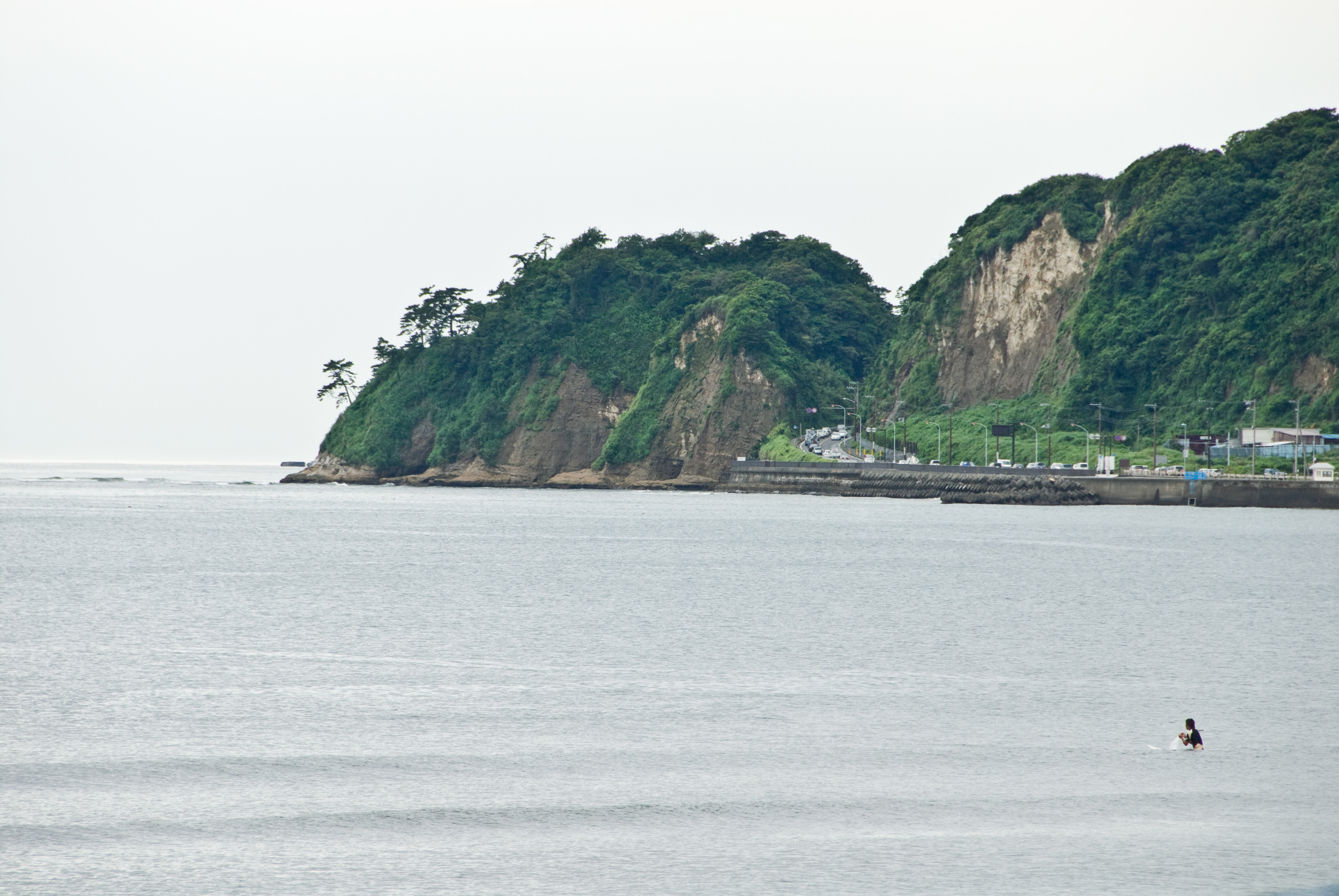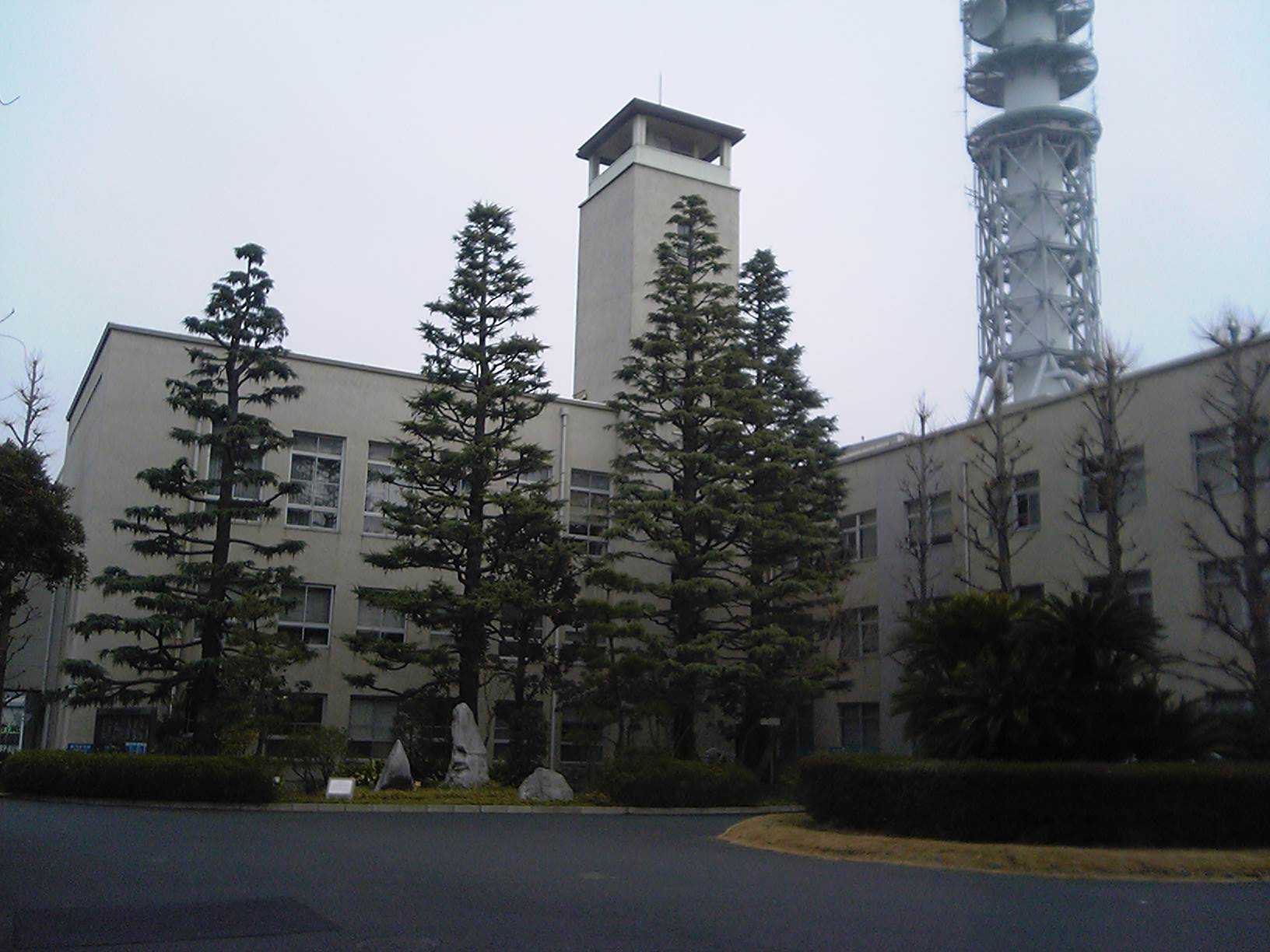|
Kamakura, Kanagawa
is a city in Kanagawa Prefecture, Japan. Kamakura has an estimated population of 172,929 (1 September 2020) and a population density of 4,359 persons per km² over the total area of . Kamakura was designated as a city on 3 November 1939. Kamakura was the ''de facto'' capital of Japan from 1185 to 1333 as the seat of the Kamakura Shogunate, and became the nation's most populous settlement during the Kamakura period. Kamakura is a popular domestic tourist destination in Japan as a coastal city with a high number of seasonal festivals, as well as ancient Buddhist and Shinto shrines and temples. Geography Surrounded to the north, east, and west by hills and to the south by the open water of Sagami Bay, Kamakura is a natural fortress. Before the construction of several tunnels and modern roads that now connect it to Fujisawa, Ofuna ( ja) and Zushi, on land it could be entered only through narrow artificial passes, among which the seven most important were called , a name so ... [...More Info...] [...Related Items...] OR: [Wikipedia] [Google] [Baidu] |
Cities Of Japan
A is a local administrative unit in Japan. Cities are ranked on the same level as and , with the difference that they are not a component of . Like other contemporary administrative units, they are defined by the Local Autonomy Law of 1947. City status Article 8 of the Local Autonomy Law sets the following conditions for a municipality to be designated as a city: *Population must generally be 50,000 or greater (原則として人口5万人以上) *At least 60% of households must be established in a central urban area (中心市街地の戸数が全戸数の6割以上) *At least 60% of households must be employed in commerce, industry or other urban occupations (商工業等の都市的業態に従事する世帯人口が全人口の6割以上) *Any other conditions set by prefectural ordinance must be satisfied (他に当該都道府県の条例で定める要件を満たしていること) The designation is approved by the prefectural governor and the Minister for Intern ... [...More Info...] [...Related Items...] OR: [Wikipedia] [Google] [Baidu] |
Kamakura Period
The is a period of Japanese history that marks the governance by the Kamakura shogunate, officially established in 1192 in Kamakura by the first ''shōgun'' Minamoto no Yoritomo after the conclusion of the Genpei War, which saw the struggle between the Taira and Minamoto clans. The period is known for the emergence of the samurai, the warrior caste, and for the establishment of feudalism in Japan. During the early Kamakura period, the shogunate continued warfare against the Northern Fujiwara which was only defeated in 1189. Then, the authority to the Kamakura rulers waned in the 1190s and power was transferred to the powerful Hōjō clan in the early 13th century with the head of the clan as regent (Shikken) under the shogun which became a powerless figurehead. The later Kamakura period saw the invasions of the Mongols in 1274 and again in 1281. To reduce the amount of chaos, the Hōjō rulers decided to decentralize power by allowing two imperial lines – Northern and S ... [...More Info...] [...Related Items...] OR: [Wikipedia] [Google] [Baidu] |
Kamakura Shogunate
The was the feudal military government of Japan during the Kamakura period from 1185 to 1333. Nussbaum, Louis-Frédéric. (2005)"''Kamakura-jidai''"in ''Japan Encyclopedia'', p. 459. The Kamakura shogunate was established by Minamoto no Yoritomo after victory in the Genpei War and appointing himself as ''shōgun''. Yoritomo governed Japan as military dictator from the eastern city of Kamakura with the emperor of Japan and his Imperial Court in the official capital city of Heian-kyō (Kyoto) as figureheads. The Kamakura ''shōguns'' were members of the Minamoto clan until 1226, the Fujiwara clan until 1252, and the last six were minor princes of the imperial family.Nussbaum"Minamoto"at pp. 632–633. The Hōjō clan were the ''de facto'' rulers of Japan as ''shikken'' (regent) of the ''shōgun'' from 1203.Nussbaum"Fujiwara"at pp. 200–201. The Kamakura shogunate saw the Jōkyū War in 1221 and the Mongol invasions of Japan under Kublai Khan in 1274 and 1281. The ... [...More Info...] [...Related Items...] OR: [Wikipedia] [Google] [Baidu] |
Inamuragasaki
is a cape at the western end of Yuigahama (Beach) in Kamakura, Kanagawa Prefecture, Japan. The cape divides Yuigahama from Shichirigahama (Beach) and Enoshima. Its name seems to stem from its shape, similar to a stack of rice at harvest time (an ). At its foot on the Shichirigahama side there is a park, the . History Because the ancient Tōkaidō highway passed along the sea south of this cape before heading to the Miura Peninsula, before the opening of the Gokuraku Pass Inamuragasaki was the traditional point of entry to Kamakura at the time of the Kamakura shogunate. Now crossed by a road (see photo), it used to be impassable by land and was therefore one of the natural defenses that made Kamakura an impregnable fortress. For this reason, it appears often in the historical record. It is first mentioned in the Genpei Jōsuiki because the Miura clan in 1180 crossed it twice to go rescue Minamoto no Yoritomo at the battle of Ishibashiyama. The troops didn't arrive in time, Y ... [...More Info...] [...Related Items...] OR: [Wikipedia] [Google] [Baidu] |
Azuma Kagami
is a Japanese historical chronicle. The medieval text chronicles events of the Kamakura Shogunate from Minamoto no Yoritomo's rebellion against the Taira clan in Izokuni of 1180 to Munetaka Shinnō (the 6th shōgun) and his return to Kyoto in 1266.National Archives of JapanFeng, Wang The work is also called after the Later Hōjō family of Odawara (Kanagawa prefecture), in whose possession it used to be before it was donated to Tokugawa Ieyasu. It originally consisted of 52 chapters, but the 45th is lost. In spite of its many flaws, the document is considered the most important existing document concerning the Kamakura period. History The ''Azuma Kagami'' was compiled after 1266 under the directive of the Hōjō shikken (officially a regent to a shōgun, but the ''de facto'' ruler) and is a record in diary form of events occurring in Japan. Written in a Japanized version of classical Chinese known as , the massive work was incomprehensible to most Japanese until an edition w ... [...More Info...] [...Related Items...] OR: [Wikipedia] [Google] [Baidu] |
Kamakura's Seven Entrances
The city of Kamakura, Kanagawa in Japan, is closed off on three sides by very steep hills and on the fourth by the sea: before the construction of several modern tunnels and roads, the so-called Seven Entrances (''Nana-guchi''), or (all artificial) were its main links to the rest of the world.Kamakura Shōkō Kaigijo (2008: 54-56) The city was therefore a natural fortress and, according to the Azuma Kagami, it was chosen by Minamoto no Yoritomo as his base specifically for this reason. Historical Landmark - Asaina Pass (June 5, 1969) In 1240 the Kamakura shogunate ordered works to improve communications between the city and the important center of Mutsuura, and construction was started in April of the following year. The Shikken Hōjō Yasutoki himself directed the work and carried stones and dirt with his horse to speed it up. Mutsuura was then a center of salt production and an important port for the distribution of goods not only to and from Kantō centers like Awa, Kazus ... [...More Info...] [...Related Items...] OR: [Wikipedia] [Google] [Baidu] |
Zushi
is a city located in Kanagawa Prefecture, Japan. As of June 2012, the city has an estimated population of 58,087, and a population density of 3,350 per km². The total area is . Geography Zushi is located at the head of Miura Peninsula, facing Sagami Bay on the Pacific Ocean. The city is built on an alluvial plain formed by the and surrounded by low, steep hills. Surrounding municipalities *Kamakura *Yokosuka *Kanazawa-ku, Yokohama *Hayama History The area of Zushi has been inhabited since prehistoric times, and numerous Kofun period and Yayoi period remains have been discovered. During the Heian period, it came under the control of the Miura clan, and during the Kamakura period formed part of the outer fortifications for Kamakura. The port of Kotsubo is mentioned frequently in the ''Azuma Kagami''. The name 'Zushi' has been written in many different ways, including . The term "zushi" itself means a street, an alley or an intersection and came to the Kantō region from Kyo ... [...More Info...] [...Related Items...] OR: [Wikipedia] [Google] [Baidu] |
Fujisawa, Kanagawa
is a city in Kanagawa Prefecture, Japan. , the city had an estimated population of 439,728 and a population density of 6300 persons per km². The total area of the city is . Geography Fujisawa is in the central part of Kanagawa Prefecture. It faces Sagami Bay of the Pacific Ocean. The northern part of the city is on the Sagamino plateau while the southern part is on the Shonan Dunes. Fujisawa has three major topographical features: the island of Enoshima to the south connected to the Katase shoreline area by a road bridge, and two rivers, the Hikiji and the Sakai, which run north-south. The Hikiji can be traced from an area designated as a nature reserve park in the city of Yamato and flows directly along the boundary of the joint US Navy and Japan Maritime Self-Defense Force Atsugi Naval Air Base and the United States Army Camp Zama. The Sakai runs directly from the mountains between Machida and Hachiōji, and for quite some distance forms the border between the ... [...More Info...] [...Related Items...] OR: [Wikipedia] [Google] [Baidu] |
Sagami Bay
lies south of Kanagawa Prefecture in Honshu, central Japan, contained within the scope of the Miura Peninsula, in Kanagawa, to the east, the Izu Peninsula, in Shizuoka Prefecture, to the west, and the Shōnan coastline to the north, while the island of Izu Ōshima marks the southern extent of the bay. It lies approximately southwest of the capital, Tokyo. Cities on the bay include Odawara, Chigasaki, Fujisawa, Hiratsuka, Itō, and Kamakura. History The center of the Great Kantō earthquake in 1923 was deep beneath Izu Ōshima Island in Sagami Bay. It devastated Tokyo, the port city of Yokohama, and the surrounding prefectures of Chiba, Kanagawa, and Shizuoka, and caused widespread damage throughout the Kantō region. The shallow nature of the seabed on the north of the bay, and the funnelling effect of tsunami and typhoon wave energy, contributed to certain parts of the Shonan coast having suffered considerable damage, including the destruction of the Kōtoku-in ... [...More Info...] [...Related Items...] OR: [Wikipedia] [Google] [Baidu] |
View Over Kamakura Bay
A view is a sight or prospect or the ability to see or be seen from a particular place. View, views or Views may also refer to: Common meanings * View (Buddhism), a charged interpretation of experience which intensely shapes and affects thought, sensation, and action * Graphical projection in a technical drawing or schematic ** Multiview orthographic projection, standardizing 2D images to represent a 3D object * Opinion, a belief about subjective matters * Page view, a visit to a World Wide Web page * Panorama, a wide-angle view * Scenic viewpoint, an elevated location where people can view scenery * World view, the fundamental cognitive orientation of an individual or society encompassing the entirety of the individual or society's knowledge and point-of-view Places * View, Kentucky, an unincorporated community in Crittenden County * View, Texas, an unincorporated community in Taylor County Arts, entertainment, and media Music * ''View'' (album), the 2003 debut album b ... [...More Info...] [...Related Items...] OR: [Wikipedia] [Google] [Baidu] |







